Two planes narrowly missed each other over Perth in an incident where both pilots said the risk of collision was “high”.
The sun dazzled one of the pilots and the separation between the two planes was estimated as little as 50 feet vertically and 100 feet horizontally.
The UK Airprox Board, which investigates near misses, gave the event its second highest rating and said the actions of one of the pilots, who increased separation at the last minute, “may have averted a far more serious outcome”.
The incident happened on December 5 at 3.32pm when a Diamond DA42 Twin Star and a Piper PA-28 Cherokee were both coming in to land.
Pilots said collision risk was ‘high’ after near miss over Perth
The DA42 pilot said they were on a training sortie returning to Perth.
Perth radio informed them there were two other aircrafts in the circuit so they did an overhead join.
While on the downwind leg, they thought that a slower aircraft was in front of them so they slowed down.
While descending and passing about 900ft, the student who was seated in the back, reported the PA28 in their 11 o’clock position, slightly above them and about 100ft in front. It was initiating a turn onto the final approach, said the report.
The pilot assessed the risk of collision as “high”.
The PA28 pilot said they were flying their last circuit and intending to land. They heard on the radio that a DA42 was joining the circuit. When they were on the downwind leg, the sun ahead was almost level with them at circuit height.
“They were dazzled by the sun and could not identify the exact location of the DA42 ahead,” said the report.
“[The pilot of the PA28] realised they had cut in front of the [pilot of the DA42]…..The pilot assessed the risk of collision as ‘high’.”
Pilot’s last-minute actions ‘may have averted a far more serious outcome’
The board said there were “some apparent inconsistencies with the accounts” of both pilots.
“However, members noted that the low sun had hindered the PA28 pilot’s vision, and suggested that it would have been most prudent indeed for them to have made a call on the radio to have ascertained the position of the DA42 if they had been unsure, prior to having made the turn onto final,” the report said.
“Whilst appreciating that the pilot of the PA28 may not have expected the DA42 pilot to have flown such a wide circuit, members agreed that the pilot of the PA28 had not complied with the correct circuit procedure in that they had not conformed with the existing pattern of traffic.
“In further consideration of the PA28 pilot’s turn onto final, members were in agreement that they had ‘cut-in’ in front of the DA42 and had not conformed with, nor had effectively avoided, aircraft in the circuit.
“Members were in agreement that the pilot of the PA28 had not been aware of the position of the DA42 and had not executed the circuit procedure correctly.
“Although the separation at closest point of approach could not be determined, members were in agreement that safety had not been assured and that the situation had presented a risk of collision.
“It was agreed that the actions of the pilot of the DA42, which had increased separation at the last minute, may have averted a far more serious outcome.
“As such, the board assigned Risk Category B to this event.”
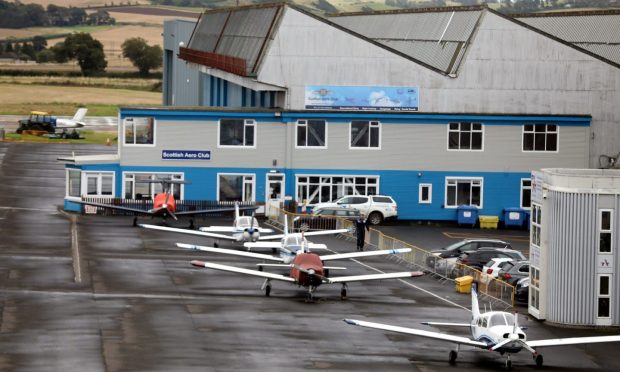
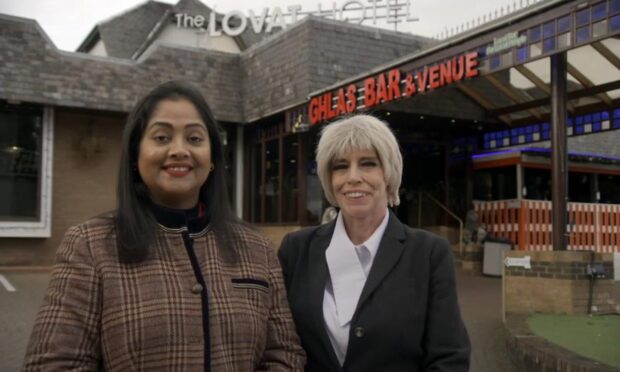
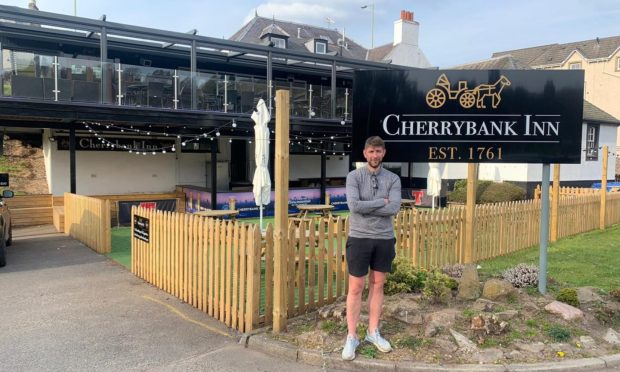

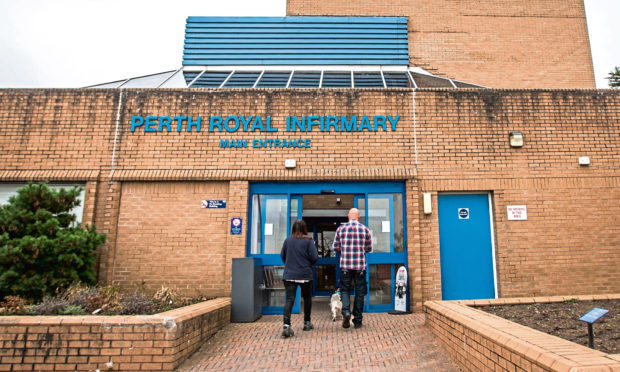
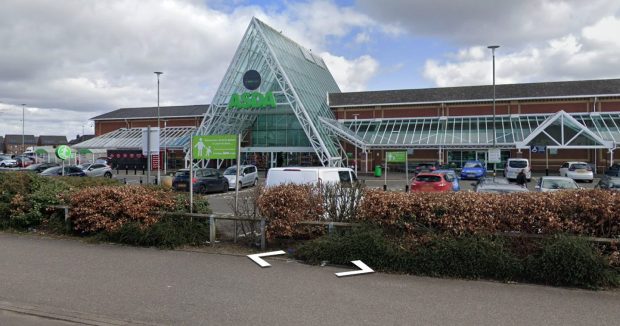
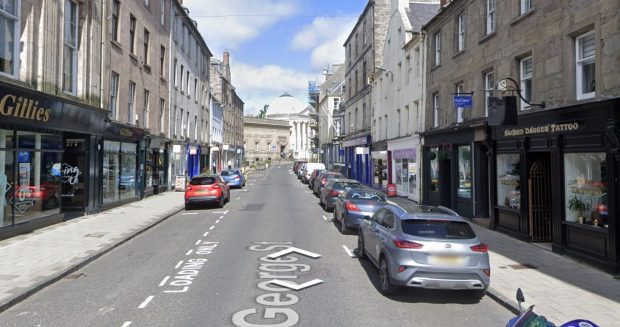
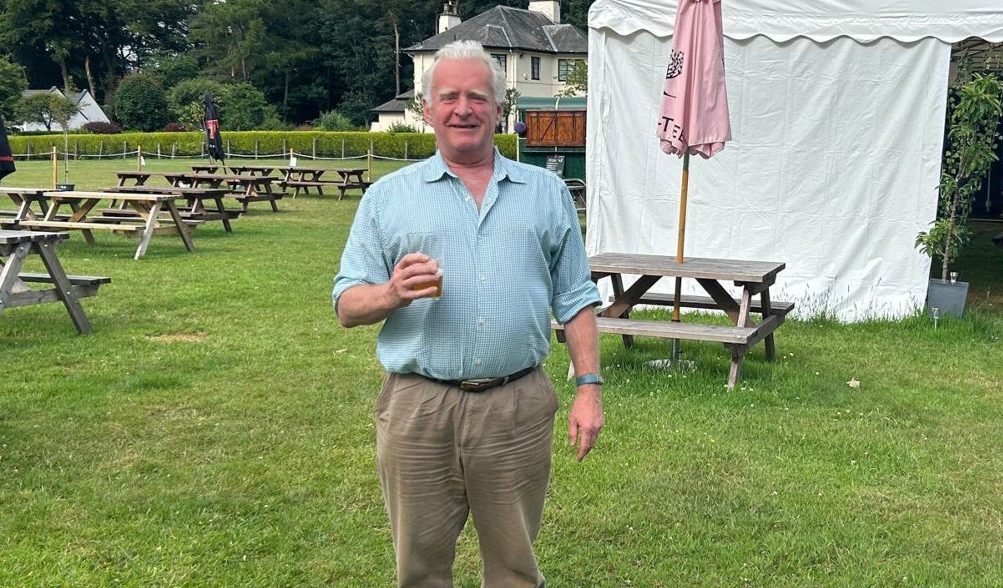

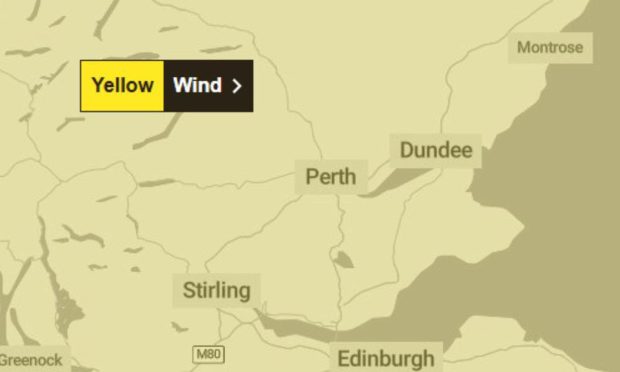
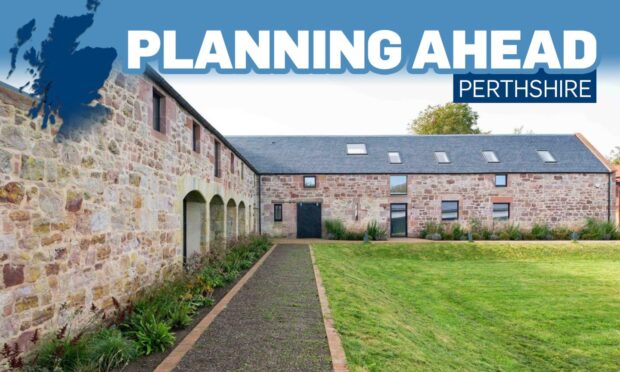
Conversation